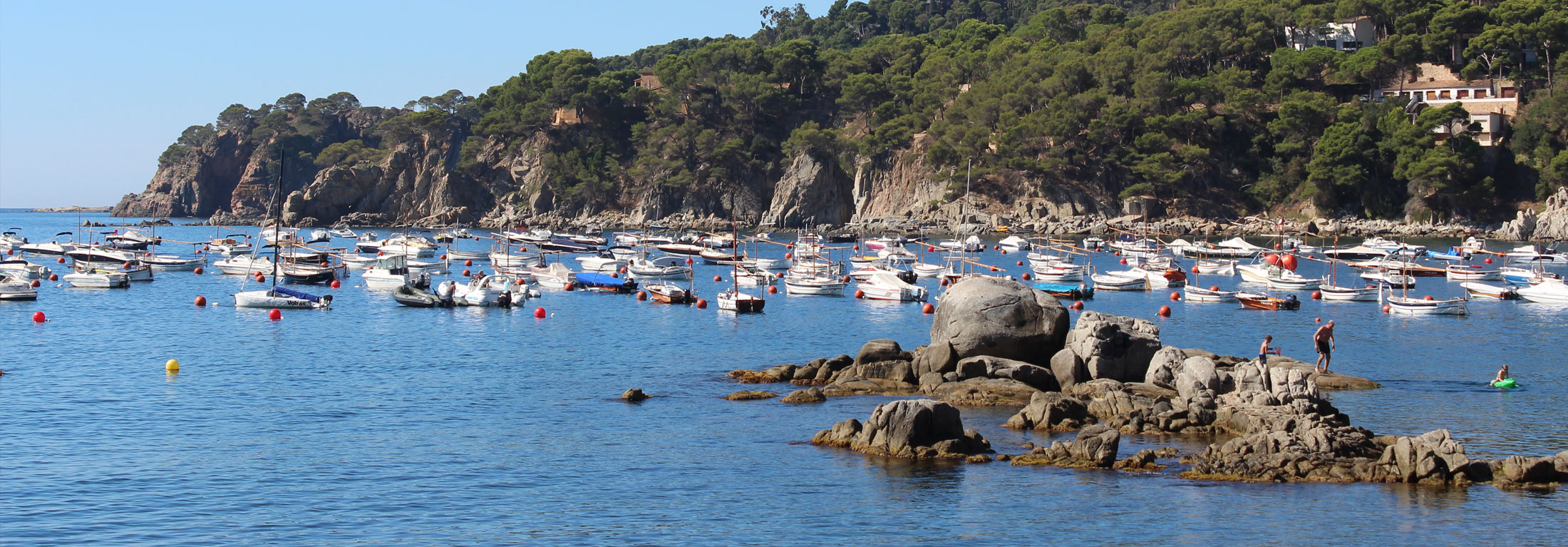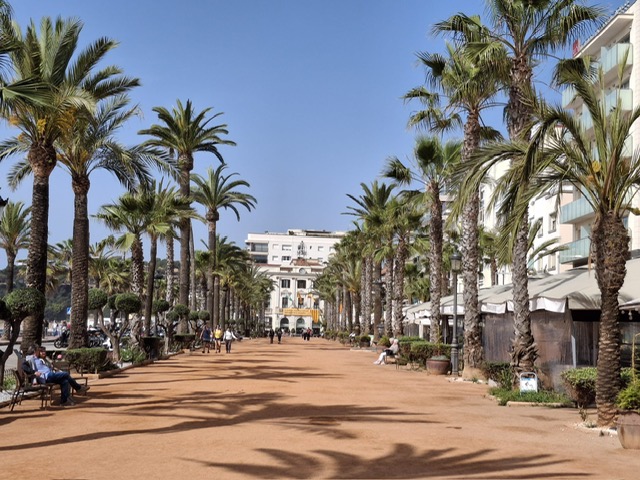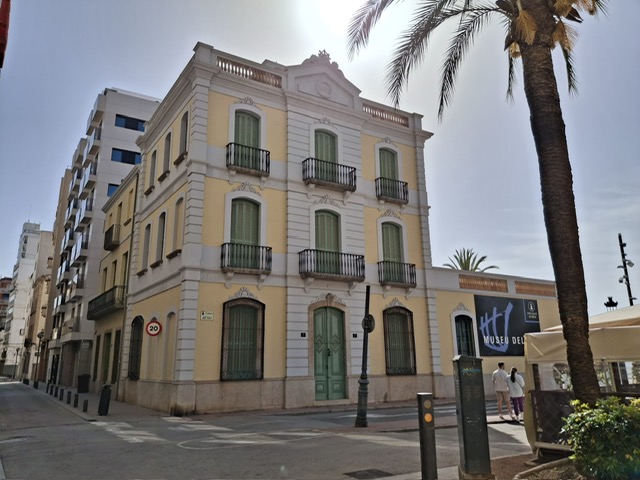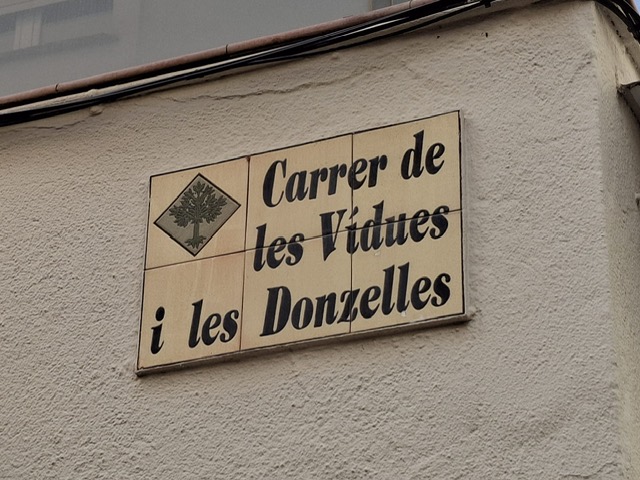
THE INDIANS: A GIFT FOR LLORET DE MAR
Today, the hustle and bustle of commerce is easily witnessed upon our arrival in Lloret de Mar (FIRST STOP ON OUR COSTA BRAVA TOUR) which has nothing to do with the impoverished and decadent version of Lloret in the 19th century.
In that period, the town only relied on the scarce economic resources provided by its local agriculture and fishing industries. The only opportunity for progress was to emigrate.
The economic hardship which the town suffered was so harsh, that between 1800 and 1840, an estimated 30% of Lloret’s population chose to emigrate to America in search of new opportunities.
The most popular destinations were the Cuban cities of Havana and Matanzas.
Likewise in 1778, the Spanish King Carlos III issued a Free Trade Decree with the American colonies and this was another major incentive to set forth on this adventure.

Paseo Jacint Verdaguer
In general, the Lloret emigrants were young teenagers between the ages of 10 and 14 years old. Their humble families made a huge economic effort to pay for their trips to America or they personally worked on-board the ship to defray their travelling expenses.
As the years passed, the majority of these emigrants stayed in America forever, however, a few (approximately 1%) returned to their native Lloret after their triumphant success in their business ventures.
The locals began to address their new fellow citizens with the nicknames of “Indians” or “Americans” in a clear reference to their places of origin: the West Indies and American regions.
The arrival of an “Indian” to the town represented a major social event. They were even welcomed with an orchestra and everyone wanted to greet them and make friends with them.
The arrival and settlement of the Indians in Lloret de Mar brought about a major change in the town’s lifestyle and physiognomy. The Indians bought modest houses from the fishermen and converted them into small palaces with a colonial neoclassical architectural style. For them, ostentation was the most important priority and they competed with each other to see who could build the most splendid house.

Casa Garriga
The enclave with the highest concentration of “Indian” residences was in front of the sea in a space that had formerly been occupied by a shipbuilding yard. In front of their houses, they designed a promenade with palm trees and clay soil as a nostalgic reminder of their stays in tropical lands. Today, this promenade is called “Paseo Jacint Verdaguer”.
Unfortunately, very few examples of all these mansions remain to this day. Due to the sudden boom in tourism in the Sixties decade, these buildings were quickly replaced by apartment and hotels.
The only Indian’s house that we can still contemplate in this area is the “Casa Garriga”. It is located at the opposite end of the Town Council on the Promenade called “Paseo Jacint Verdaguer".
CARRER DE LES VIDUES I DONZELLES (Widows and young women’s street)
This street is very central: it is near the Church and is connected to Lloret’s busiest commercial street (Carrer de la Vila) next to Paseo Jacint Verdaguer.
Its curious name reminds us of the social situation that took place in Lloret due to the Indians’ arrival.
The returning Indian settlers were senior citizens and officially single and it was very common for them to marry a young woman in the municipality who wanted her husband to lavish her with wealth and attention.
However, prior to their wedding, the brides were obliged to sign a document whereby if they became a widow (something that was quite logical due to the major age difference between the bride and groom), they were not allowed to remarry.
This rule was established so the Indian citizen’s fortune would remain in the hands of his original family members.
This is why during a certain time in Lloret de Mar, there were a large number of young women (“donzelles”) who were also widows (“vidues”).
According to popular rumours, all the widows strictly complied with this agreement except one. And that was because her new husband was even more wealthy than her deceased Indian husband.



